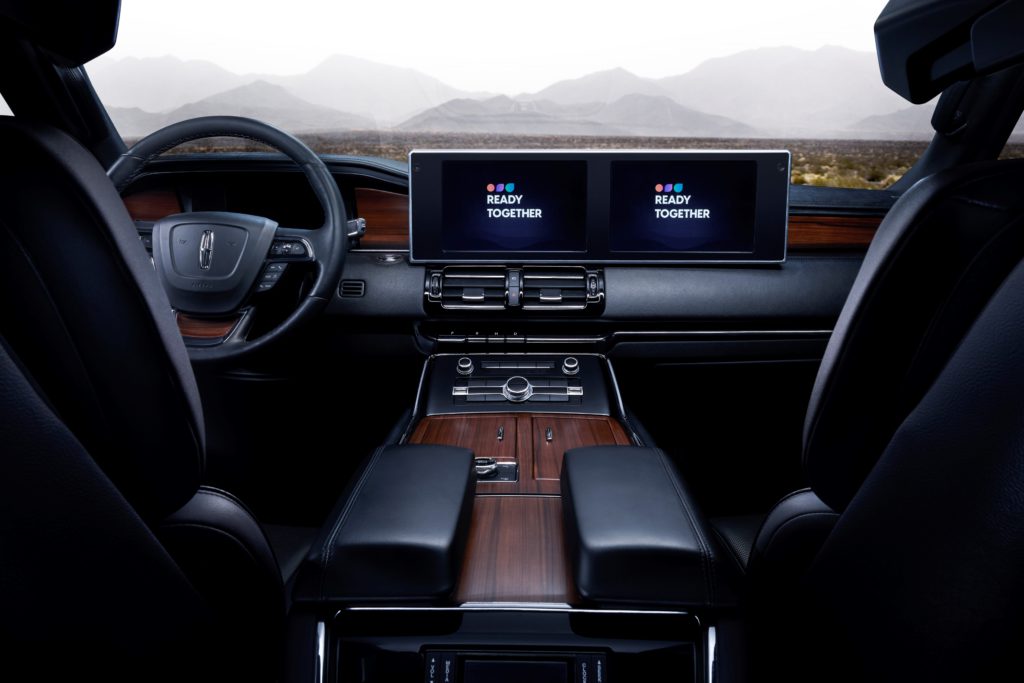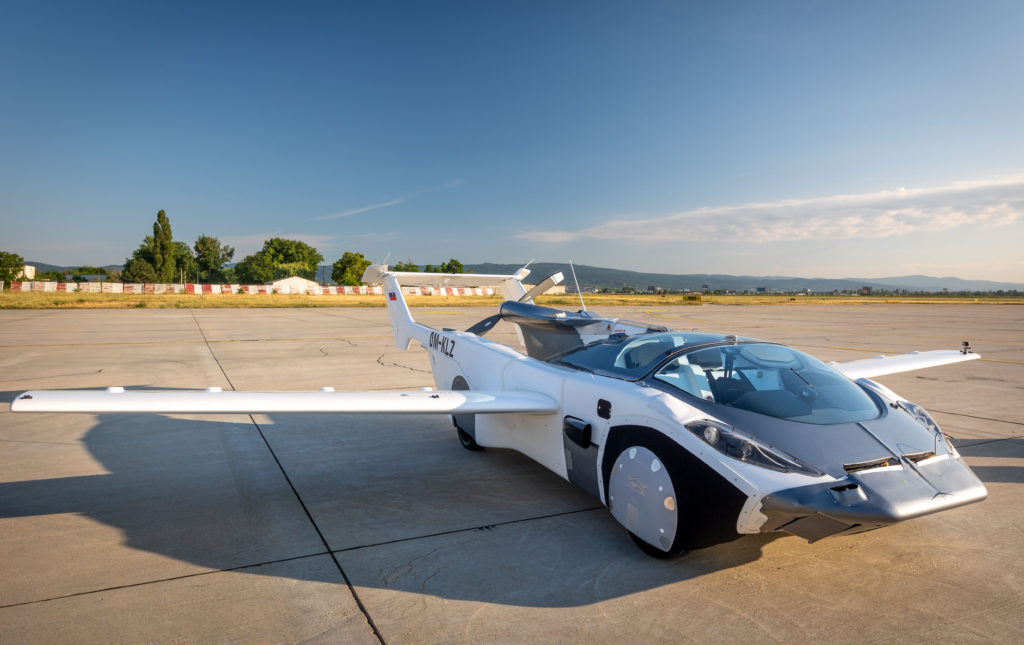Harman buys up automotive augmented-reality and other in-car tech
14 February 2022

Vehicle-technology supplier Harman is buying Apostera. The Germany-based automotive technology business develops augmented reality (AR) and mixed-reality (MR) software solutions.
Apostera’s products combine machine learning, computer vision and sensor fusion in a hardware-agnostic software platform. Harman hopes to combine this with its digital cockpit portfolio, bridging the gap between physical and virtual worlds.
One area of potential synergy is a detailed head-up display (HUD). The unit can map the route from a satellite navigation system onto the car windscreen. It can also provide visualisation of advanced driver-assistance systems (ADAS), such as lane departure warnings, speed restrictions, or distance from the vehicle in front.
AR technology can also benefit rear-seat passengers. They can have a screen showing the vehicle’s journey and click on areas of interest to read more about them. For example, a car travelling through Paris could allow passengers to learn more about the Arc de Triomphe or Eiffel Tower as the car passes by.
‘Harman is dedicated to delivering in-car experiences with the speed and flexibility of consumer technology together with the reliability and performance of automotive grade solutions,’ said Christian Sobottka, president, automotive division at Harman. ‘By seamlessly blending AR with the physical environment, Apostera’s mixed reality solution furthers this goal, transforming any display in the car into a richly contextual experience.’
Low-latency connectivity
Harman is also developing a multi-access edge computer (MEC) software platform, the Savari Mecwave. The technology enables carmakers and mobile-network providers to deliver ultra-low latency applications and services on edge-computing infrastructure.
Mecwave allows for the acceleration of vehicle-to-everything (V2X) communications. This includes safety-critical applications such as hazard alerts, along with connectivity experiences like interactive infotainment and streaming. The technology can also be extended to non-V2X vehicles, such as bikes and scooters, as well as mobile and wearable devices. Harman hopes that the technology, an industry first according to the company, will allow vehicle manufacturers to deploy connected features more quickly, and with far less complexity.
‘Today, technology holds the opportunity to transform so many automotive experiences, but the most important are those that can enhance safety of drivers, passengers and pedestrians,’ commented Ram Iyer, senior vice president, connectivity at Harman International. ‘With the introduction of Mecwave, our Harman Savari solutions enable OEMs to deliver meaningful innovations to consumers that not only make life on the road more connected and better informed, but safer for everyone.’
Enhanced automotive audio
Two other innovations Harman is working on enhance the automotive experience in the cockpit by improving acoustics. Ready Together uses advanced acoustic technology to streamline and enhance in-vehicle communication and entertainment. Software Enabled Branded Audio is an on-demand platform that upgrades the sound quality and features of existing unbranded audio systems. Both products are ready for in-vehicle integration.
Software Enabled Branded Audio means drivers can access the sound and character of Harman’s well-known Infinity brand – on demand and with no additional hardware required. It features a number of options including a personalised EQOverlay system, seat-specific tuning and multi-profile user management.
Integrated headrest acoustics

Ready Together allows for a family to enjoy different and personalised entertainment in a vehicle without the audio interference of competing screens and speakers.
As part of this system, Harman will introduce a personal audio headrest. It has been designed to provide audio direct to the user’s ears, cancelling out sounds from other systems being used. Passengers can communicate through an intercom option on their display screen.
CES 2022 saw several carmakers and technology suppliers discuss vehicle personalisation. Harman’s technology presses the point home, making the car an extension of a driver, rather than a tool. Furthermore, it allows passengers to communicate, enjoy their experience and most of all, remain safe.



